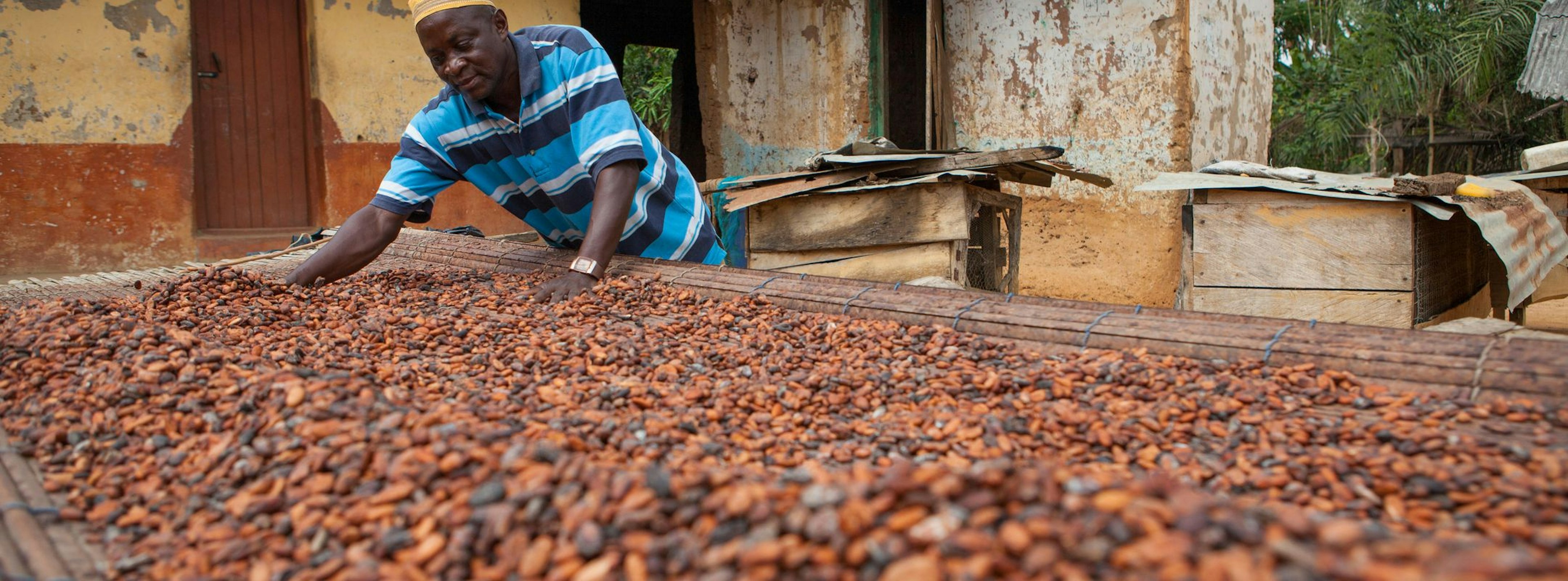Cocoa traders fall short on supplier disclosure in Ghana
12 Dec 2023
8 min read
Companies exporting cocoa from Ghana are failing to publicly demonstrate that their supplies are not grown on deforested land, according to research by Trase, raising questions over their sustainability commitments and their preparedness to comply with the EU deforestation regulation.

Robert Harding/Alamy Stock Photo